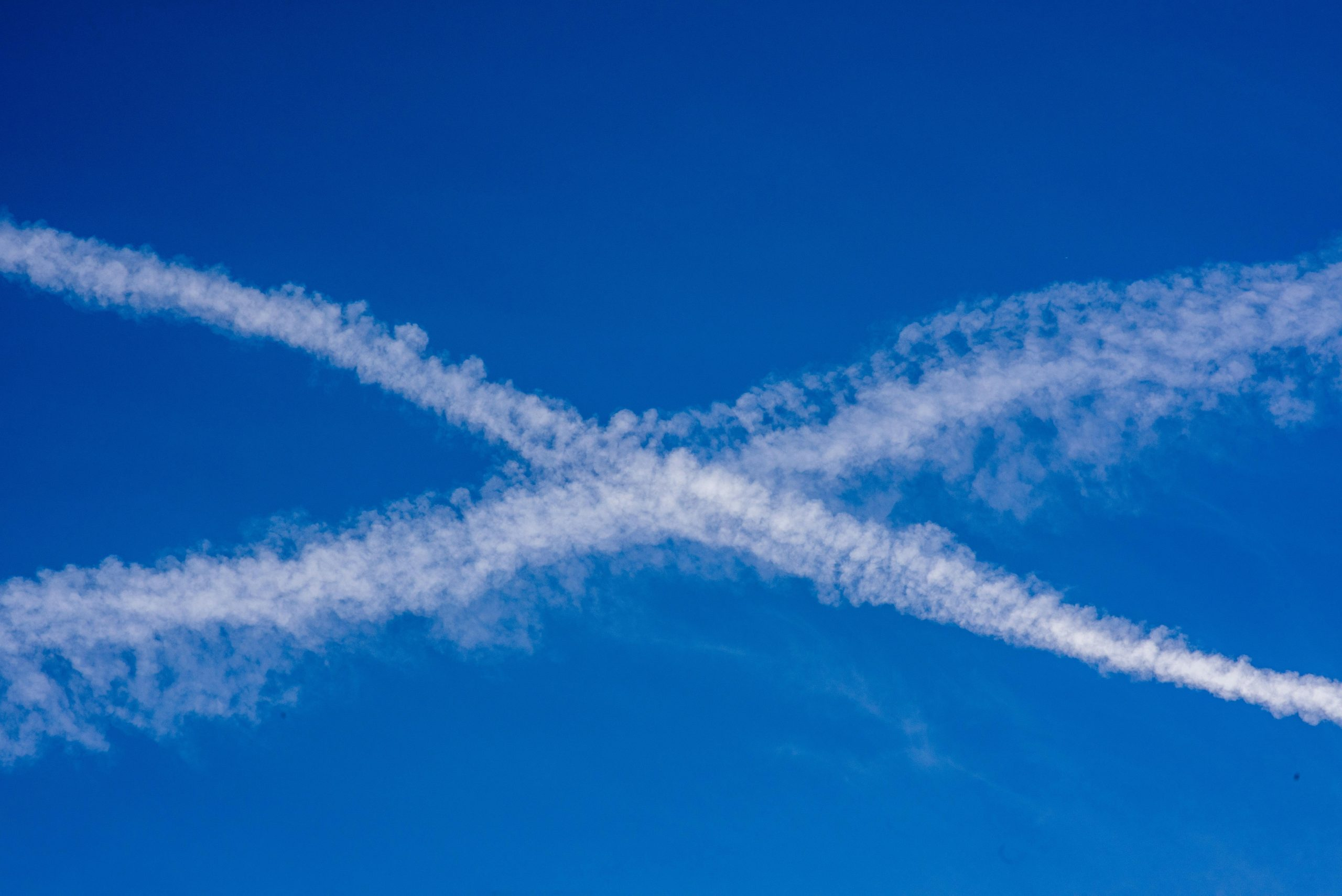Flight Turbulence Science Explains Why Planes Shake
As frequent fliers, we have all experienced the sudden jolts and shakes of a plane while flying. Some may find it intimidating, while others may not think much of it. But have you ever wondered why planes shake? The answer lies in the science of flight turbulence. In this article, we’ll delve into the world of flight turbulence science and reveal the reasons behind those nerve-wracking shakes during a flight.
The Basics of Flight Turbulence
Turbulence is defined as a disturbance or irregular motion of air in the atmosphere. It is typically caused by a variety of factors, such as weather conditions, altitude changes, and air pressure differences. The most common form of turbulence that occurs during air travel is often known as “clear-air turbulence” (CAT). This type of turbulence occurs when the plane flies into areas of varying wind speeds and directions, resulting in sudden jolts and shakes that can be felt in the cabin.
How Flight Turbulence Science Explains the Shakes
The Three Types of Turbulence
There are three main types of turbulence that a plane can encounter during a flight – low-level turbulence, mid-level turbulence, and high-level turbulence. Low-level turbulence occurs close to the ground and is often caused by obstacles such as mountains or buildings. Mid-level turbulence happens at altitudes between 5,000 and 20,000 feet and is commonly caused by thunderstorms and weather patterns. High-level turbulence occurs at altitudes above 20,000 feet and is often a result of jet streams or weather patterns in the upper atmosphere.
The Invisible Forces at Play
Although turbulence can be felt by passengers in the form of shaking and bouncing, it is, in fact, invisible to the naked eye. The reason behind this is the nature of airflow, which is not always smooth and consistent. When a plane flies through varying airflow, it creates an irregular motion that causes the plane to shake. This phenomenon is similar to the ripples that form when a rock is thrown into a pond, except in this case, the rock is the plane and the pond is the air.
Making Safety a Priority
Despite the unsettling feeling turbulence may cause, it is a normal and expected part of air travel. Pilots and airlines are well-equipped to deal with turbulence and ensure the safety of all passengers on board. In fact, planes are designed to withstand turbulence forces much larger than what they typically experience during a flight. Additionally, pilots are trained to fly in turbulent conditions and are well-versed in avoiding areas of severe turbulence.
How to Stay Safe During Turbulence
While turbulence is generally safe, it is always a good idea to follow the safety guidelines provided by the airline and crew. Most importantly, always keep your seatbelt fastened when seated, even when the seatbelt sign is turned off. This will prevent you from being thrown out of your seat during unexpected turbulence. If you need to get up from your seat, do so with caution and hold onto the seatbacks or overhead bins for support.
The Future of Flight Turbulence Science
With advancements in technology, experts are continuously researching ways to better predict and mitigate flight turbulence. From new sensors and weather forecasting tools to improved turbulence detection systems, the future of flight turbulence science is looking brighter. Who knows, one day we might be able to avoid turbulence altogether!
In Conclusion
So, the next time you find yourself on a turbulent flight, remember that it’s just a normal part of air travel. Flight turbulence science has come a long way in explaining the reasons behind the shakes and jolts that we experience while flying. With advanced technology and the expertise of pilots, we can trust that flying remains one of the safest modes of transportation, even with a little turbulence along the way.











